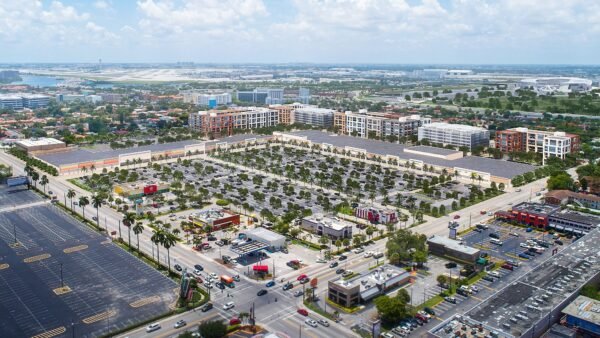Now, we are two years into this new reality. Every cycle shift has its themes. In this cycle, the theme is a higher cost of capital interrupting once stable or at least optimistic proformas. Not necessarily the occupancy or performance of an asset or asset type. It is important to note this perspective exists outside of the office property sector, which is in its own new cycle, and has challenges that go well beyond financing, mainly relevancy. That being said, medical office, with its specialized attributes and continued demand, does remain a bright spot in the office sector, but I digress.
Here is the thing about the cycle’s higher cost of capital environment. Sponsors are still finding viable financing options from a range of lenders where maturities are timely or price discovery motivates engaging in transactions. Most sponsors have shifted their capital mindset to a five-year or bridge model with the hopes of a refinancing into a better rate environment down the road. There are still a range of permanent loan options for refinancing or financing assets in this mindset. Higher rates may bite into proceeds or operating cash flows and pressure values, but financing can be found to minimize the pain of a legacy hold. And for legacy assets currently held at relatively conservative leverage with developed equity, there are still proceed-driven options when refinancing.
Here are a few of the approaches to financing and refinancing in a tough climate that are helping ease the burdens of the cycle.
Portfolio-centric strategies
For experienced sponsors operating a diverse range of holdings, approaching the current commercial real estate financing climate from a portfolio-centric mindset is a huge leg up. The ability to extract proceeds from owned-assets to deploy into challenged assets worth stabilizing or cross-collateralizing a group of assets for a blended rate that meets an optimized return are viable options for refinancing existing assets. It can also free up capital for opportunistic acquisitions. This begins with an analysis of pending maturities or prepayment costs across a sponsor’s full range of assets that can result in permanent loans that stabilize overall investment performance. Creativity in commercial real estate financing is identifying an approach that embraces the strength of all owned assets to develop a blended financing plan for optimized results. This approach considers a sponsor’s long-term goals, embracing one overall rate achieved across an entire portfolio.
CMBS resurgence
The investor market has become confidant once again in the veracity of underwriting in the conduit/CMBS spacen and that has translated into substantial liquidity flowing into this structure and a surge of popularity for new loan originations. For borrowers needing to reach a higher leverage point to optimize their asset refinance, CMBS loans provide a viable option to stabilize with a fixed rate. Recognizing the current demand for shorter term permanent debt options, conduit lenders have developed new five-year programs that offer the desired flexibility for the season and continue to offer 10-year programs at manageable rates to long-term performance expectations. Expect a significant rise in CMBS placements in 2024.
Pre-payment flexibility
One of the interesting phenomena of the current cycle is that longer term rates have remained significantly more appealing than shorter term rates, although still higher than in the pre-volatility era. Lenders have recognized that sponsors are looking to stay flexible, hoping for the potential of a better rate climate down the road, and have responded with prepayment covenants that turn traditional 10-year permanent debt programs into hybrid five-year considerations. This approach locks in an optimized fixed rate now, and leaves open the option of holding that rate through maturity or refinancing earlier if rates reset lower.
Re-capitalize struggling assets
A fresh equity infusion into a struggling asset performing under current debt service requirements in the higher rate environment is a realistic approach. If this funding is not available from internal resources or refinance proceeds, there are ready options in today’s market for securing the additional equity required. Traditional preferred equity and mezzanine debt programs can shore up an asset’s balance sheet, and while they come at a price, they can afford a sponsor room to breathe. There is an abundance of sources for these capital programs, with varying degrees of appeal for situational realities. Another interesting option that has emerged is the participating loan, wherein a lender blends both first position and preferred equity status into one loan where they not only receive their debt payments but also participate in the cash flows from operations over the life of the loan.
So. Optimism may be hard to find in the current cycle, but it can be sourced within the right approach. The key to optimizing finance structure for a specific asset or sponsor in this cycle requires creative thinking and a deep dive into long-term goals. The above considerations are a starting point for sponsors adjusting to a tough financing climate and should be front and center for anyone facing a challenge to their portfolio and resources on hand.







